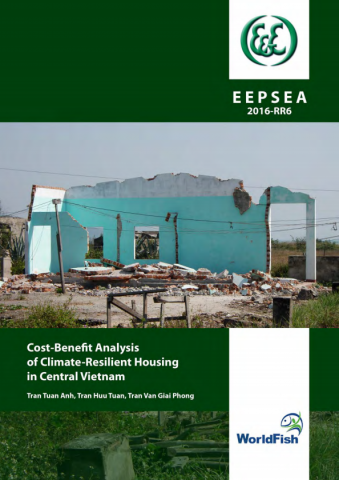Official Economic Report of Kampong Junjongan: From Village to Small Town in Five Years?
The vision of this report is to make Junjungan Village into a small town centre in five years time. Utilising the central concept of Charter Village/Town, the Kampong would have by then secured the much-needed empowerment to govern itself with the backing and support of the central government to carry out the following recommendations.
To this end, we should:
1.Publish a Charter Document for Kampong Junjungan that would detail the rules of the conduct and order in regards to how the MPK (thereby called the local council) and Kampong works in achieving the goal of turning Kampong Junjungan into Town status in five years time.
2.Deepen the formal and informal ties of the local council with the national government and its relevant agencies, the private sector, NGOs, and other internal and external stakeholders through dialogues or site visits or both.
3.Establish and agree among the local council and the central government upon the short-, medium-, and long-term goals in building Junjungan’s economic status into a small town. It would require coordinated effort from all stakeholders involved to generate ideas and implement these inputs.
4.To assist the central government to identify lands to be rezoned, redeveloped, and redistributed for residential, commercial, agricultural, industrial, and forest reserve purposes. To this the zoning ratio should change from the existing figure of 2(commercial):5(industrial):35(residential): 40(agricultural):18(reserve) to20(C):10(I):40(R):25(A):5(R).
5.To actively work to reduce local unemployment and its associated vices (drug abuse and crimes) by generating economic and business opportunities for locals and the youths through the continual expansion of service-based industries and promoting local entrepreneurship.
6.To increase the population base of the Kampong from 2000 people to 5000 in five years. This could be done by lobbying the government to build five hundred high-rise apartments that would add 3000 people to the existing population base.
7.To identify, formalise, secure, and establish the formal naval routes along the Brunei River that would enjoin Junjungan to BSB via boat travel. Doing so would also require increased security measures and investments, as well as to eliminate crocodiles from the area, to ensure safe passage of travel.
8.Finally, to capitalise on the existing incoming traffic and tourists that travel through the Junjungan road by expanding commercial and tourism services. It must also capture the opportunities that will be generated from the opening of the new BSB-Lumapas bridge. This can add up to an approximately BND$2.5m – BND$5m in additional income for the Kampong.
Carrying on these recommendations may act to contribute towards the development of the village into a small town in five years time. If successful, there is a chance that Kampong Junjunagan could be turned into a “model village” to be emulated when it comes to how Brunei Darussalam can propel growth and development at the local village level.


